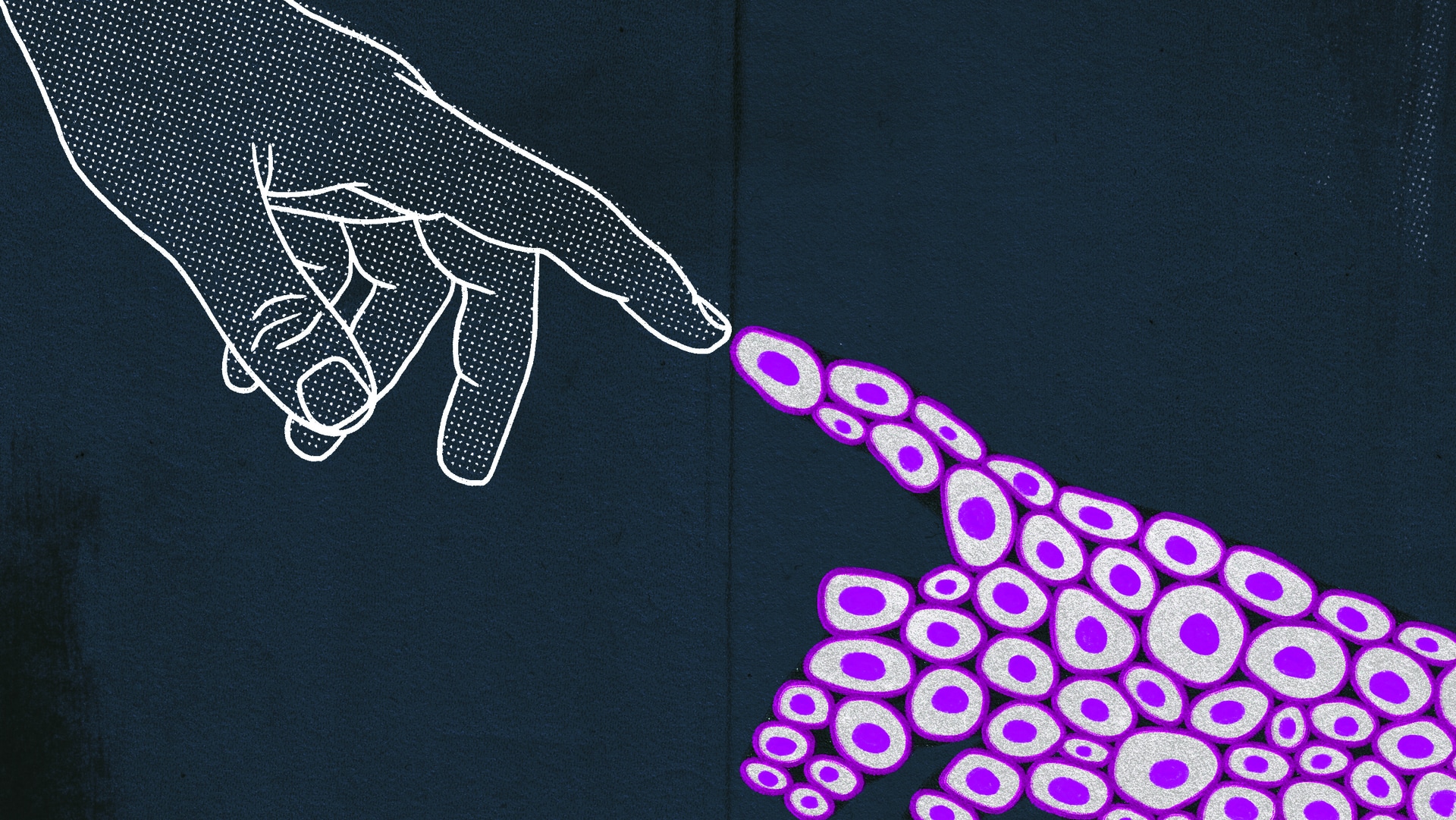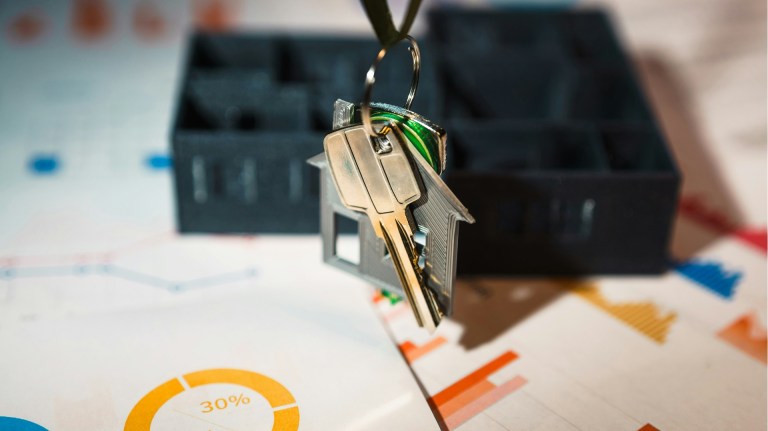You are as beautiful as you are complex. I don’t know you, of course, but I do know that your body is a society of more than 30 trillion cells – all of them working together in an unimaginably complicated symphony of interdependence and diversity. And in that symphony, that complex society of cells, lies beauty.
Every one of your cells is alive but each one depends on all the others: no human cell can survive on its own. There are, of course, single cells in the world that are independent – that can survive alone. In fact, these cellular singletons (most of them are bacteria or the little known but just as numerous ‘archaea’) far outnumber us multicellular ones. Interestingly, bacteria and archaea even outnumber human cells in your own body! There are about 100 trillion of them in your digestive tract alone. Most of them play crucial roles in keeping you alive, making the population of the society that is your body even more diverse.
There are a little over 200 different kinds of human cells – including several different types of blood cell, several different types of skin cell, and so on. Each cell uses compounds extracted from the food you eat as the raw materials for building proteins – and as the source of energy needed to accomplish that remarkable feat. Some of the proteins a cell produces will be used as structural materials for your body – collagen for your skin or keratin for your hair, for example. Some proteins are chemical messengers, unconsciously keeping the body under control and in balance – insulin that maintains blood sugar at an optimum level, or oxytocin that triggers labour and breastfeeding, for example. Still other proteins are enzymes, enab-ling a host of chemical reactions that keep you alive – including digestive enzymes that enable the breakdown of complex molecules in your food, and enzymes that promote the reproduction of the DNA, the molecule of inheritance. What makes one type of cell different from another is the amount and type of protein it produces.
All cells on Earth have much in common: they all carry instructions encoded into molecules of DNA; they all follow those instructions to manufacture proteins; they all have a fatty membrane; and they all have similar ways of deriving energy from energy-rich chemical compounds absorbed across that membrane. All the cells that make up you have even more in common: they all carry an identical copy of your personal genome, the entirety of your DNA.
Despite these commonalities, cells come in a huge range of different forms, so they are the source of the incredible and beautiful diversity we see in the living world. And in multicellular organisms, diversity goes hand in hand with inter-dependence. That’s what makes a beautiful society… like you.
Jack Challoner is author of The Cell: A Visual Tour of the Building Blocks of Life published by Ivy Press, £19.99





